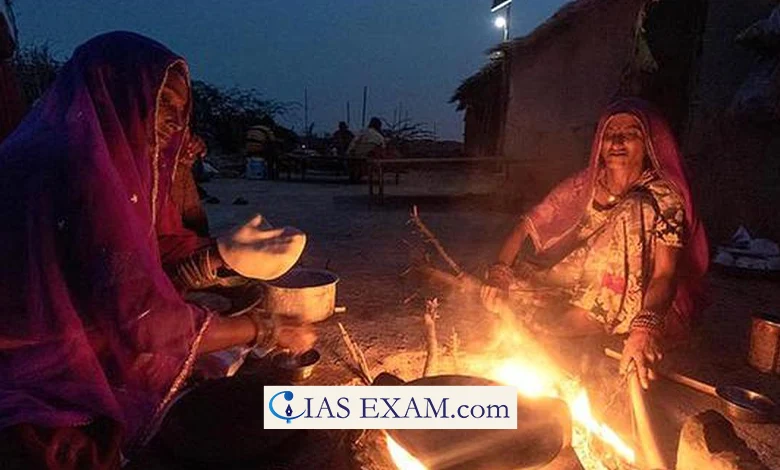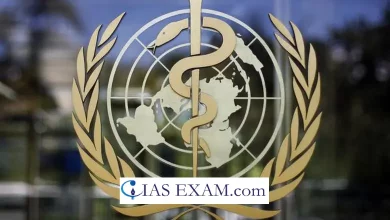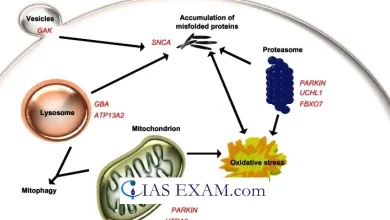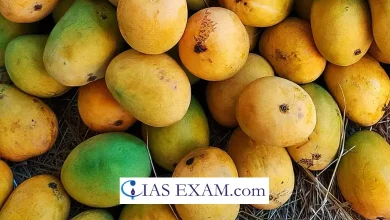
Context
The International Organisation for Migration (IOM) has recently released its World Migration Report 2024.
Key Highlights
- International remittances surged by 650 percent, from USD 128 billion to USD 831 billion between 2000 and 2022.
- Migrant remittances surpass foreign direct investment in boosting the GDP of developing nations.
- In 2022, India, Mexico, China, the Philippines and France were the pinnacle 5 remittance recipient nations.
- India obtained over USD 111 billion in remittances in 2022, the most important inside the global, turning into the primary country to attain and even surpass the USD one hundred billion mark.
- India was the top country receiving remittances in 2010, 2015, and 2020.
- India is also the foundation of the largest number of international migrants in the world, with large diasporas living in countries such as the United Arab Emirates, the United States and Saudi Arabia.
- Pakistan and Bangladesh were the 6th and 8th largest global remittance recipients in 2022.
- Largest Regional Inflow of Remittance: Southern Asia receives some of the largest inflows of remittances globally.
- Three countries in Southern Asia – India, Pakistan and Bangladesh, rank the various pinnacle ten recipients of global remittances inside the world, underscoring the significance of labour migration from the subregion.
- Reasons for Migration: Political or economic instability as well as weather exchange and other failures.
- In 2022, there had been 117 million displaced human beings inside the world, and 71.2 million internally displaced people.
- The quantity of asylum-seekers has risen by more than 30 percent since 2020.
- Destination Countries: Migrants retain to comprise high proportions of the whole populations in many Gulf Cooperation Council (GCC) States.
- In the United Arab Emirates, Kuwait and Qatar, migrants made up 88 percent, almost seventy three and 77 percent of the nation wide populations, respectively.
- Most migrants work in sectors such as construction, hospitality, security, domestic work and retail.
- Mobile Students: Countries in Asia are the origins of the biggest wide variety of internationally mobile students in the world.
- In 2021, more than a million internationally cell college students have been from China and the USA is the largest destination country for international mobile students, followed by the UK, Australia, Germanyand Canada.
- Concerns: Migrant people retain to stand financial exploitation, excessive financial debt because of migration costs, xenophobia and place of work abuses.
- The effect of the pandemic has been extreme on both inner and worldwide Indian migrant workers, specifically low-professional emigrants on short-term contracts.
- Loss of jobs along with wage theft and lack of social security during the pandemic has plunged many Indian migrants into deep debt and insecurity.
Factors Responsible for Global Displacement
- Conflict and War: Armed war and war are number one drivers of displacement, forcing millions of human beings to flee their houses to seek protection in different regions or countries.
- Ongoing conflicts in nations like Ukraine, Israel, Iraq, Syria, Yemen, South Sudan, and Afghanistan have brought about huge displacement.
- Human Rights Violations: Persecution primarily based on ethnicity, faith, political views, or different elements forces individuals and communities to escape their houses.
- Natural Disasters: Floods, storms, earthquakes, and droughts displaced populations, either quickly or completely.
- Climate change is exacerbating the frequency and intensity of some of these disasters, leading to more displacement.
- Economic Hardship: Economic instability, poverty, loss of task possibilities, and inequality compel human beings to leave their houses searching for better economic prospects elsewhere.
- Ethnic and Religious Conflict: Tensions between extraordinary ethnic or religious businesses result in violence and displacement, particularly in areas wherein these identities are deeply entrenched and where there’s a history of battle.
- Discrimination and Marginalization: Discrimination primarily based on elements such as ethnicity, race, gender, or sexual orientation causes marginalization and exclusion, forcing people to go away from their houses looking for acceptance and safety elsewhere.
Challenges Faced by means of Migrants
- Legal and Administrative Hurdles: Migrants face felony limitations and administrative hurdles associated with obtaining visas, residency lets in, or asylum popularity in their destination countries.
- Language and Cultural Barriers: Communication limitations make it tough access to services, discover employment, or integrate into nearby communities.
- Economic Challenges: Finding employment and economic stability in a new country may be challenging for migrants, especially in the event that they lack formal training, job skills, or prison authorization to work.
- Social Exclusion and Discrimination: Migrants encounter discrimination, prejudice, and social exclusion in their destination nations due to their nationality, ethnicity, religion, or immigration fame.
- Mental Health Issues: Migrants experience psychological misery, trauma, and intellectual health issues due to the strain of displacement, separation from their own family and aid networks, reports of violence or persecution, and uncertainty about their future.
- Exploitation: Migrants, especially those in irregular or undocumented reputation, are liable to exploitation, human trafficking, and abuse through smugglers, traffickers, employers, or criminal networks.
- Housing and Shelter: Migrants often struggle to find low cost and safe housing in their destination countries, mainly in city areas where housing shortages and excessive rents are not unusual.
- Many emerge as dwelling in overcrowded and substandard conditions or are vulnerable to homelessness.
- Lack of Legal Protection: Migrants, especially asylum seekers and refugees, face violations of their human rights, inclusive of detention, deportation, arbitrary arrest, or denial of due process.
- They also lack access to felony illustration and advocacy to defend their rights and are trying to find justice.
Suggestions
- Implement guidelines and programmes for refugees and migrants that sell their social integration, their participation in society and reduce anti-migrant sentiment and discrimination.
- Ensure that migrant policies recognize and cope with the social determinants of mental health and prioritize primary desires, which includes meals, housing, protection, and training or employment.
- Strengthen the ability of health care people to assess and treat mental health situations amongst refugees and migrants from diverse cultural backgrounds.
- Safeguard the human rights of all refugees and migrants regardless of prison fame by way of strengthening national and international rules and criminal justice measures that protect migrants from discrimination and violence.
Source: The Indian Express
UPSC Mains Practice Question
Q.Highlighting the issues related with international migration in India, discuss the need for a national policy on international migration. (150 words)





.png)



